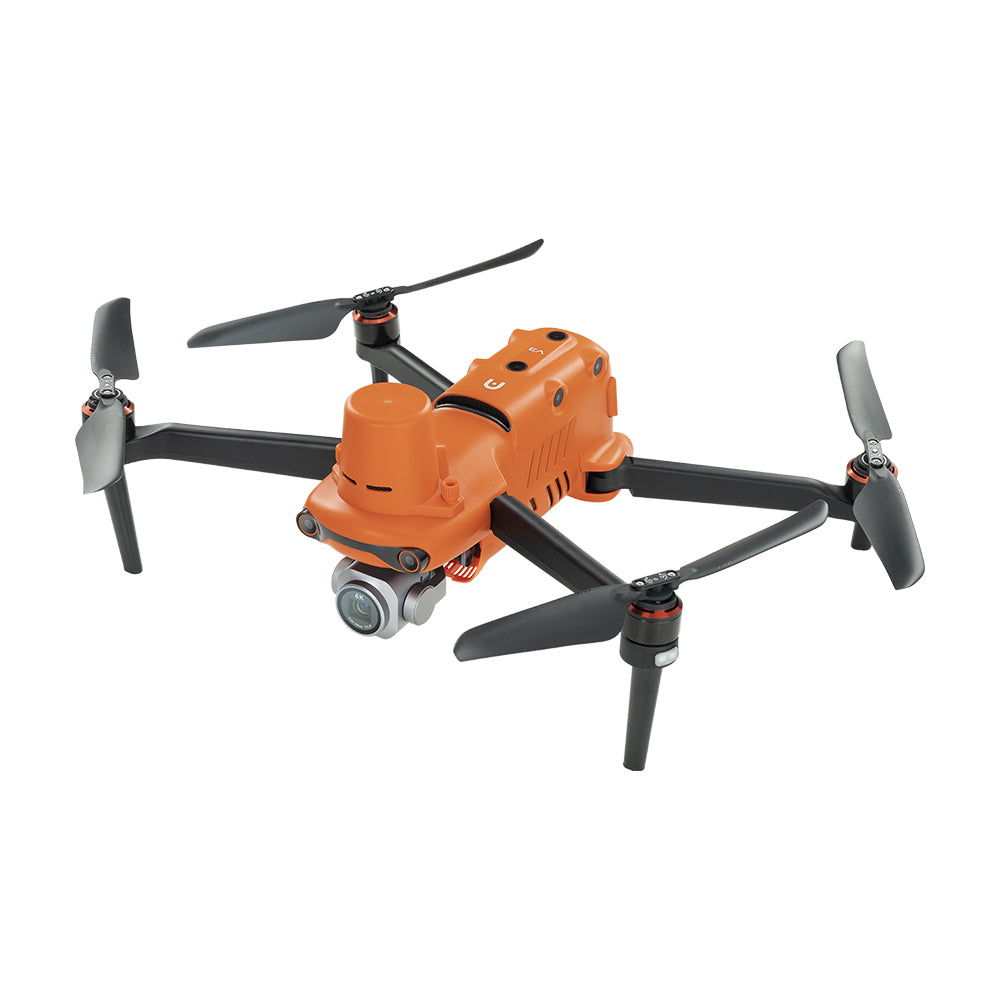
Drones have revolutionized the field of cinematography by providing filmmakers with a versatile and cost-effective tool for capturing breathtaking aerial shots and dynamic footage. Drones designed for cinematography are equipped with advanced features and capabilities to meet the demanding requirements of professional filmmakers. Here's a description of drones for cinematography:
-
High-Quality Cameras: Cinematography drones are typically equipped with high-resolution cameras capable of shooting in 4K, 6K, or even 8K resolution. These cameras offer exceptional image clarity, color accuracy, and dynamic range, ensuring stunning visuals.
-
Gimbal Stabilization: To achieve smooth and steady footage, cinematography drones are equipped with advanced gimbal stabilization systems. These gimbals counteract the drone's movements, ensuring that the camera remains level and free from vibrations or jitters.
-
Multiple Lenses and Payload Options: Some cinematography drones offer interchangeable lenses or support for various camera payloads, allowing filmmakers to achieve different focal lengths and creative perspectives. This flexibility is crucial for capturing a wide range of shots.
-
Professional-Grade Control: Filmmakers have precise control over the drone's flight path, camera settings, and shooting modes. Many drones offer manual camera controls, including aperture, shutter speed, and ISO settings, allowing for full creative control.
-
Intelligent Flight Modes: Cinematography drones often feature intelligent flight modes like Follow Me, Waypoints, and Orbit, which automate complex camera movements. These modes make it easier to capture cinematic shots with precision.
-
Real-Time Video Transmission: Live video transmission to a remote controller or mobile device allows filmmakers to monitor the footage in real-time. This feature ensures that shots are framed correctly and that the desired content is captured.
-
Obstacle Avoidance: Safety is a top priority in cinematography, so many drones come with obstacle avoidance sensors to prevent collisions during flight. This feature adds an extra layer of protection when flying in complex environments.
-
Extended Flight Time: Longer flight times are essential for capturing extended sequences. Cinematography drones often come with larger batteries or swappable batteries to provide ample flight time for shooting.
-
Quiet Operation: Reduced noise levels are crucial for capturing audio during filming. Some drones are designed to operate quietly, minimizing unwanted drone noise in the recorded audio.
-
Professional Editing Capabilities: The footage captured by cinematography drones is designed to be integrated seamlessly into professional video editing workflows. This ensures that the footage can be post-processed and color-graded to achieve the desired cinematic look.
-
Portability and Compact Design: Cinematography drones are often foldable or compact, making them easy to transport to different shooting locations. This portability allows filmmakers to capture stunning aerial shots in various settings.
-
Safety Features: Advanced safety features like return-to-home functionality and redundant systems help ensure the safe operation of the drone and protect against unexpected issues.
In summary, drones designed for cinematography are sophisticated tools that empower filmmakers to capture stunning aerial footage with precision and creativity. They combine high-quality cameras, gimbal stabilization, intelligent flight modes, and advanced controls to deliver professional-grade cinematic results, making them an indispensable asset for filmmakers seeking to elevate their storytelling through aerial cinematography.


















